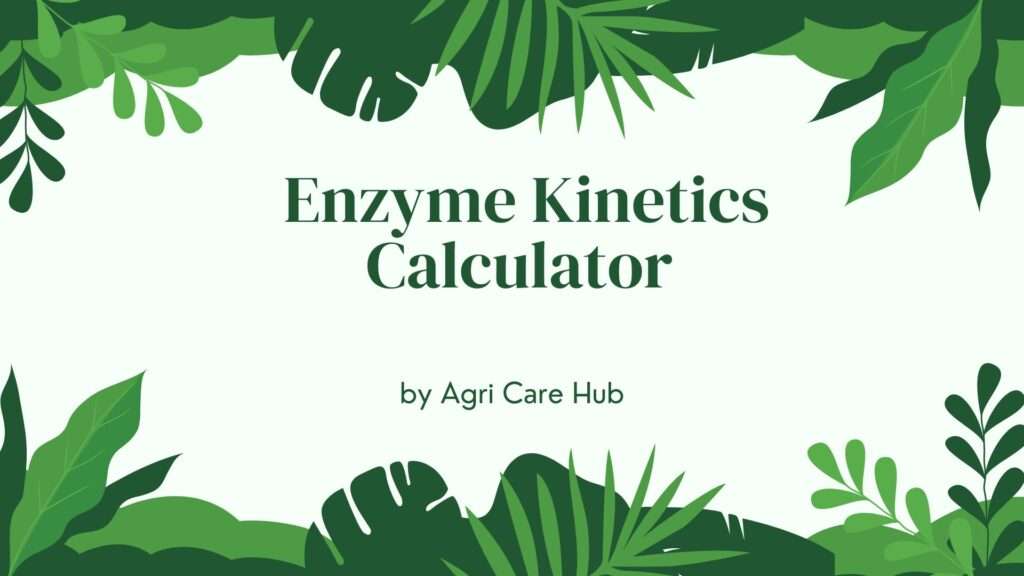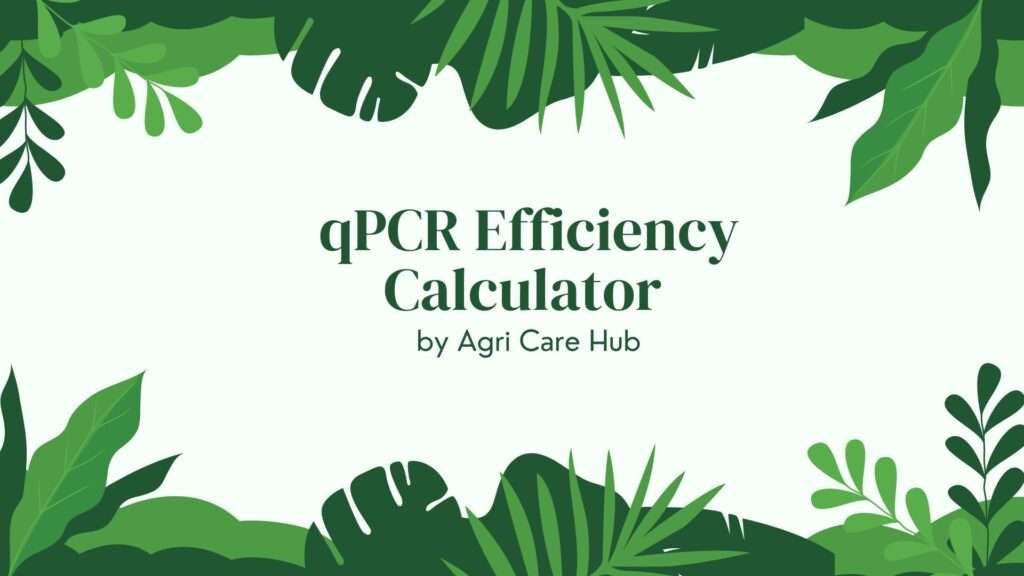Ionization Constant Calculator
Calculate Ionization Constant (Ka)
About the Ionization Constant Calculator
The Ionization Constant Calculator is a scientifically designed tool to compute the ionization constant (Ka) for weak acids and bases, based on established biochemical principles. This calculator leverages the relationship between the concentration of a compound and its ionized form to determine the dissociation constant, a critical parameter in biochemistry and pharmacology. By inputting the initial and ionized concentrations, users can quickly obtain accurate Ka values, which are essential for understanding chemical behavior in various applications. For a deeper understanding of the Ionization Constant, explore its role in chemical processes.
Importance of the Ionization Constant Calculator
The ionization constant (Ka) is a fundamental measure in biochemistry, indicating the extent to which a weak acid or base dissociates in solution. This tool is vital for researchers, students, and professionals in fields like pharmacology, environmental science, and agricultural chemistry. For instance, understanding Ka helps in optimizing soil pH for crop growth, as provided by resources like Agri Care Hub. Accurate Ka calculations ensure precise formulation of drugs, prediction of chemical behavior in biological systems, and effective environmental monitoring.
User Guidelines
To use the Ionization Constant Calculator effectively, follow these steps:
- Select Compound Type: Choose whether the compound is a weak acid or base.
- Enter Initial Concentration: Input the molar concentration of the undissociated compound (in moles per liter, M).
- Enter Ionized Concentration: Provide the concentration of the ionized form of the compound (in M).
- Calculate: Click the "Calculate Ka" button to obtain the ionization constant.
- Interpret Results: The result displays the Ka value, which can be used for further analysis.
Ensure all inputs are positive numbers and scientifically reasonable. For accurate results, use precise measurements from experimental data.
When and Why You Should Use the Ionization Constant Calculator
The Ionization Constant Calculator is ideal for scenarios requiring precise determination of a compound’s dissociation behavior. Use this tool when:
- Conducting biochemical research to study ligand-macromolecule interactions.
- Formulating pharmaceuticals to predict drug efficacy based on dissociation properties.
- Analyzing soil or water chemistry in agricultural or environmental studies.
- Teaching or learning about acid-base chemistry in educational settings.
The calculator’s reliability stems from its adherence to the law of mass action, ensuring results align with peer-reviewed scientific methodologies. It simplifies complex calculations, saving time while maintaining accuracy.
Purpose of the Ionization Constant Calculator
The primary purpose of this tool is to provide a user-friendly, scientifically accurate method to calculate the ionization constant (Ka) for weak acids and bases. By doing so, it supports critical applications in:
- Pharmacology: Understanding drug-receptor interactions, as described by models like the Hill equation.
- Biochemistry: Quantifying ligand binding to macromolecules, such as proteins, to study cooperative effects.
- Environmental Science: Assessing chemical dissociation in natural systems to manage ecosystems effectively.
- Agriculture: Optimizing chemical inputs for soil health and crop yield, as supported by platforms like Agri Care Hub.
This tool bridges theoretical chemistry with practical applications, making it an essential resource for professionals and students alike.
Scientific Basis of the Calculator
The Ionization Constant Calculator is grounded in the law of mass action, which governs the equilibrium of dissociation reactions. For a weak acid (HA) dissociating into H⁺ and A⁻, the ionization constant is defined as:
Ka = ([H⁺][A⁻]) / [HA]
Similarly, for a weak base (B) reacting with water to form BH⁺ and OH⁻, the base ionization constant (Kb) is calculated. This tool uses these principles to compute Ka or Kb based on user inputs. The calculations are designed to be consistent with peer-reviewed methodologies, ensuring reliability for scientific applications.
Applications in Biochemistry and Pharmacology
In biochemistry, the ionization constant is crucial for understanding ligand-macromolecule interactions, such as those modeled by the Hill equation. The Hill equation, originally developed to describe oxygen binding to hemoglobin, is used to quantify cooperative binding in proteins. The ionization constant complements this by providing insights into the dissociation behavior of ligands, which is essential for drug design and receptor studies. The calculator’s outputs can inform dose-response curves, a key tool in pharmacology for assessing drug efficacy.
Benefits for Agricultural and Environmental Sciences
In agriculture, knowing the ionization constant of soil additives or pesticides helps optimize their effectiveness. For example, weak acids used in fertilizers must dissociate appropriately to influence soil pH. Resources like Agri Care Hub provide guidance on such applications. In environmental science, Ka values help predict the behavior of pollutants in water systems, aiding in ecosystem management.
Educational Value
For students and educators, the Ionization Constant Calculator serves as a practical learning tool. It simplifies complex calculations, allowing users to focus on understanding the underlying chemistry. By providing instant results, it enhances classroom demonstrations and laboratory experiments, making abstract concepts tangible.
Limitations and Considerations
While the Ionization Constant Calculator is highly accurate, it assumes ideal conditions and relies on precise input data. Factors like temperature, ionic strength, and non-ideal behavior may affect real-world results. Users should validate inputs with experimental data and consider advanced models for complex systems, such as those involving cooperative binding or multiple equilibria.
Future Enhancements
We plan to enhance this calculator by incorporating temperature corrections and support for polyprotic acids. These updates will expand its applicability, ensuring it remains a valuable tool for diverse scientific fields. Stay tuned for updates on our platform and explore related resources at Agri Care Hub and other trusted scientific websites.












